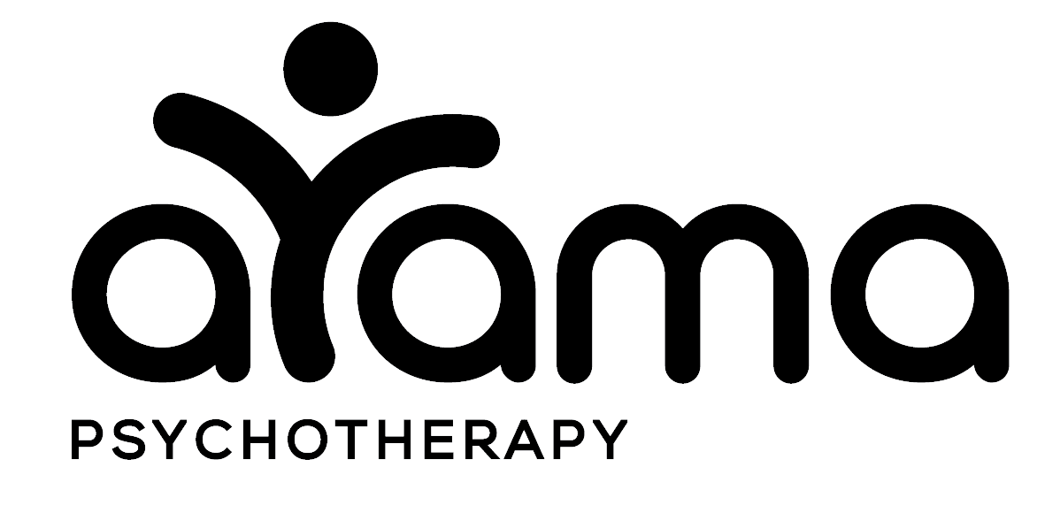Hurrying Sleep: What Zen tells us
I've had the book, "Zen and the Art of Motorcycle Maintenance: An Inquiry into Values" by Robert M. Pirsig (1974) on my bookshelf for a long time. I finally have gotten started and am enjoying it. It's a book that you can read a little at a time, and it's definitely not a read to hurry through. He has a great quote:
“When you want to hurry something, that means you no longer care about it and want to get on to other things.”
I think this applies to the sleep process in a lot of ways.
CBT-I (cognitive-behavioral therapy for insomnia) is a stand-out therapy in terms of how quickly change can be made, as it typically runs for 6-8 sessions. This is quite atypical for just about any other psychotherapy treatment for any problem; the only other treatment that is shorter that I can think of off of the top of my head is for simple phobias, like a snake phobia (did you know snake phobia was part of my research as a grad student?).
The quick nature of turning around sleep patterns does not mean that we are hurrying sleep. What is your relationship to sleep?
I've been talking a lot about sleepiness in these emails, and I'm going to squeeze it in again today because it's important and relevant to the idea of not hurrying: you cannot hurry the process of becoming sleepy; while sleep medications have their place, they also give us the impression that we should be able to "turn on" sleepiness at will. Our bodies just don't naturally work that way.
If you struggle to fall asleep or return to sleep, it's important to allow your body to experience non-medication-induced sleepiness.
Listen for the sleepiness and pay attention to when that process actually happens. Then, consider if the time that you are shutting off your lights and trying to fall sleep is timed to that naturally-occurring sleepiness.
If your natural sleepiness and bedtime aren't timed together, then you have a big, easy opportunity to make change -- turn out your lights at the time your body is naturally sleepy and NOT before then, even if that time is much later than you wish to sleep. The second, separate step, is to move your bedtime earlier gradually...but ONLY AFTER you have established your body's sleepy time and fallen asleep at that time regularly. The second step is less of an insomnia issue and more of a circadian rhythm timing issue (often related to social jet lag).
If you are saying to yourself, "But if I wait for sleepiness, it will never come!" Well, then it is likely that what you are dealing with is a clinical level of insomnia. Insomnia comes in many forms, and difficulty with feeling sleepiness when in bed is one of the common signs. It's one of the main symptoms that CBT-I techniques target, so that you can fall asleep, stay asleep and return to sleep using your body's natural processes.
As always, you can let us know if you wish to address insomnia. If you wish to get over the hump with sleep problems before the end of the year, now is the time to reach out. In case you missed it in my newsletter announcements, last I heard, we 1 or 2 immediate Wednesday slots open with Dr. Szczesny for one-on-one CBT-I sessions. Read her bio and schedule.
And, if you are considering taking the online program in January 2023, please respond to this quick poll about preferred times. I'm considering options for our next cohort.
